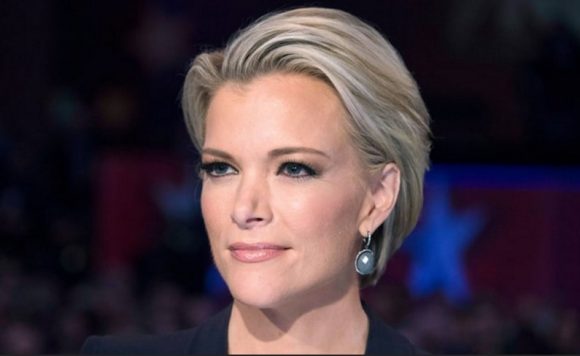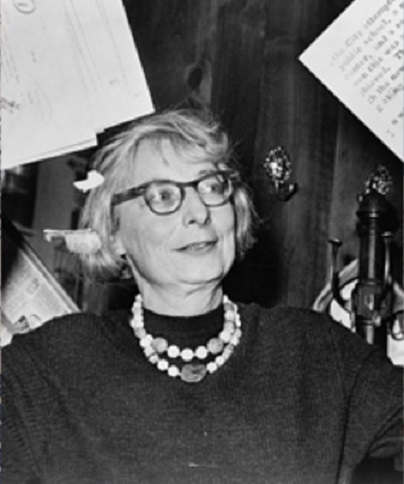Dear Commons Community,
The New York Times editorial this morning praises NYS Governor Andrew Cuomo’s free tuition proposal as an “exciting possibility” but also asks how much will it cost especially if it spurs increased enrollments at CUNY and SUNY colleges. Given Cuomo’s recent fights over funding of public higher education especially at CUNY, there appears to be a contradiction between past fiscal policy and the free tuition proposal. This is a critical question that needs to be answered as the proposal moves forward. Below is the full text of the Times editorial.
Tony
==========================
A Promising Proposal for Free Tuition
By The Editorial Board (January 5, 2007)
Gov. Andrew Cuomo raised an exciting possibility on Tuesday when he unveiled a proposal that would cover tuition at public universities and colleges in New York State for families earning up to $125,000 by 2019. The plan, which requires legislative approval, recognizes that middle-income families that might not be eligible for student aid based on current measures of need are grappling with student debt, too.
But public higher education officials who favor the idea in principle are worried that the Cuomo administration might be lowballing cost projections as a way of selling the proposal and that public institutions that are already struggling to meet the needs of their students might be further squeezed. The Legislature needs to conduct a thorough analysis of the costs before it moves ahead with the tuition program.
New York’s public universities are a relative bargain compared to those in many other states. Full-time tuition at four-year State University of New York campuses stands at $6,470 per year; the City University of New York charges about the same. The state spends nearly $1 billion annually through its tuition assistance program — which provides aid for families with an adjusted gross income of just under $100,000 and whose top awards stand at $5,165. Under the Cuomo plan, the state would supplement existing state and federal aid. The administration says that 940,000 families would qualify for the new program based on income, but many of those young people would not attend college, would chose a private college or would attend school out of state. That would leave about 200,000 eligible students benefiting from the free tuition program by 2019, when the program would be fully enacted. The program would begin this fall, with a $100,000 income limit.
The administration estimates the program would cost $163 million in 2019, a figure state legislators and higher education officials who have looked into this issue in the past believe to be far too low. An analysis in 2015 by New York City’s Independent Budget Office found that a slightly different free-tuition program for the city’s community colleges alone could cost as much as $232 billion.
The state anticipates that the full-time student enrollment might grow by 10 percent — but that might underestimate the appeal of a free tuition offer. The lure of free tuition could bring a rush of applicants across the system, particularly to major state university campuses at Buffalo and Stony Brook. And higher enrollment would mean a greater need for classrooms, teachers and faculty advisers.
Some public university officials are concerned the campuses might be forced to shoulder additional costs on their own. This wariness stems partly from the governor’s recent behavior. In 2015, for example, he vetoed a bill that would have required the state to pay for increases in some operating expenses at public universities. And last year, he tried unsuccessfully to strip nearly $500 million in state aid from the City University’s budget. The Legislature has a responsibility to make sure that the state funds all of the costs associated with this proposal without hurting the university system.









